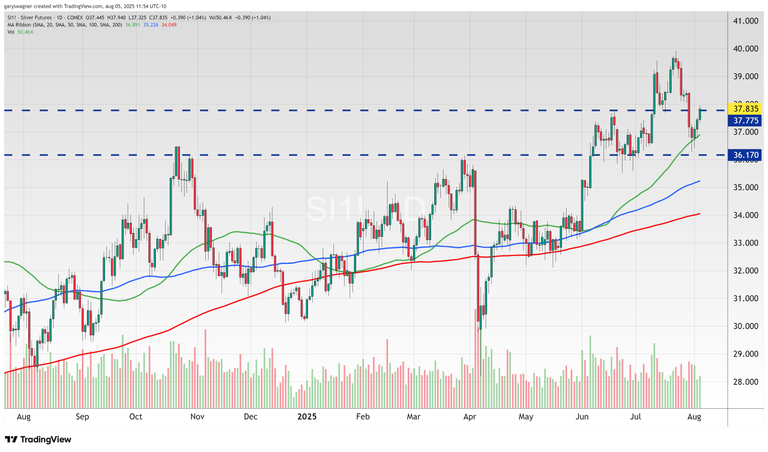The latest economic indicators paint a concerning picture of the U.S. economy's trajectory, with the Institute for Supply Management's purchasing managers index delivering a disappointing performance that has reverberated across financial markets. The services sector PMI declined 0.7 percentage points to 50.1 in July, falling well short of the consensus forecast of 51.5 and marking a significant retreat from June's 50.8 reading.
This decline follows a volatile period for the services sector, which had recovered to 50.8 in June after contracting to 49.9 in May—the first contraction in eleven months. While the July reading remains marginally above the critical 50.0 threshold that separates expansion from contraction, the downward momentum raises concerns about the sector's resilience. Notably, the services PMI outperformed its manufacturing counterpart, which posted its fifth consecutive month of contraction with a full percentage point decline to 48.0.
The ISM's July report highlighted the growing influence of trade policy on economic activity, particularly the impact of tariffs on imported goods. Higher costs stemming from these trade measures have become increasingly apparent, aligning with predictions made in the organization's semi-annual report released in May. That earlier analysis suggested firms would delay passing through tariff-induced price increases for several months, and these effects are now materializing in the data.
The employment component of the services index presents an equally troubling picture, sliding to a four-month low of 46.4 from June's 47.2 reading—a decline of 3.5 percentage points. This marks the sixth contraction in twelve months and the fourth decline in the past five months, representing a dramatic reversal from January's robust 53.9 reading, which had been the highest since December 2021.
Equity markets responded negatively to these economic headwinds, with all major indices posting losses. The S&P 500 declined 0.49%, while the Dow Jones Industrial Average fell 0.14%. The technology-heavy Nasdaq Composite bore the brunt of the selling pressure, dropping 1.13%. This represents a stark reversal from the previous session's gains, which had been driven primarily by strong earnings reports from several major corporations.
The market's behavior appears to follow a classic "dead cat bounce" pattern—a temporary recovery within a broader downtrend that quickly loses momentum. Both the Dow and S&P 500 experienced significant gap-downs on Friday, and Monday's rally following five consecutive losing sessions now appears to have been a false dawn. The fact that losses resumed immediately afterward, marking the seventh declining session out of eight, confirms the temporary nature of Monday's recovery.
The anticipated slowdown in economic activity has extended to commodity markets, with oil futures declining for the fourth consecutive day, losing 1.65% and falling nearly 8% since Thursday. This decline reflects concerns about weakening demand in both the manufacturing and services sectors.
Conversely, precious metals have benefited from the economic uncertainty and expectations of monetary policy accommodation. Gold futures gained $8.30 (0.24%) to close at $2,434.70, while silver futures performed even better, advancing $0.49 (1.33%) to $37.82. Silver's close above the key technical level of approximately $37.75 suggests potential for further gains, with the next resistance level at $38.23 providing a pathway toward $39.

The weakening economic data has significantly altered expectations for Federal Reserve monetary policy. The probability of a September rate cut has surged to approximately 94% according to CME FedWatch, up dramatically from the 63% probability observed on July 28. Market participants now anticipate at least two quarter-point reductions by year-end, reflecting growing concerns about economic momentum.
For precious metals investors, this monetary policy shift could prove particularly beneficial. Silver's technical position appears especially promising, having closed above a key level at around $37.75. If futures can maintain this level during overnight trading, it would reinforce expectations for continued strength through the remainder of the week, with support established at $37.72 and strong support at $36.56.


